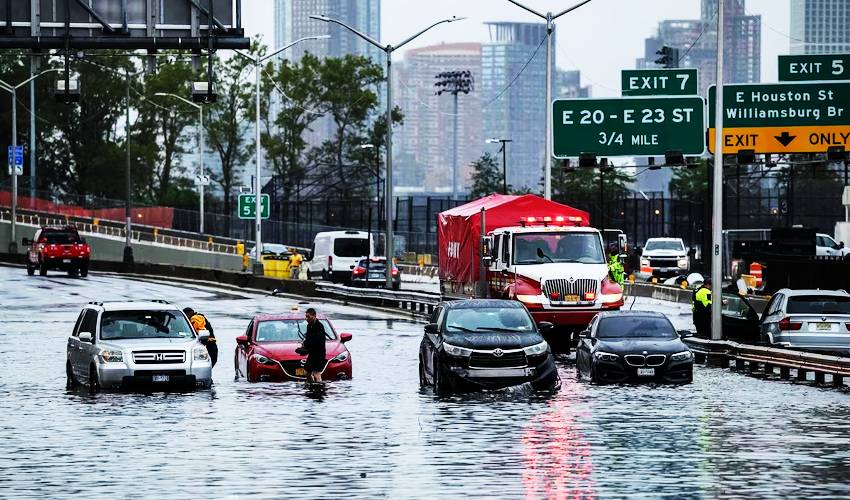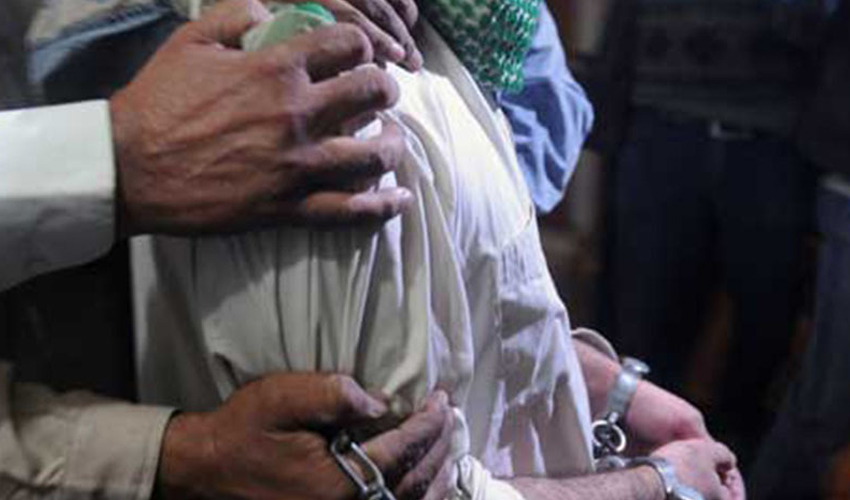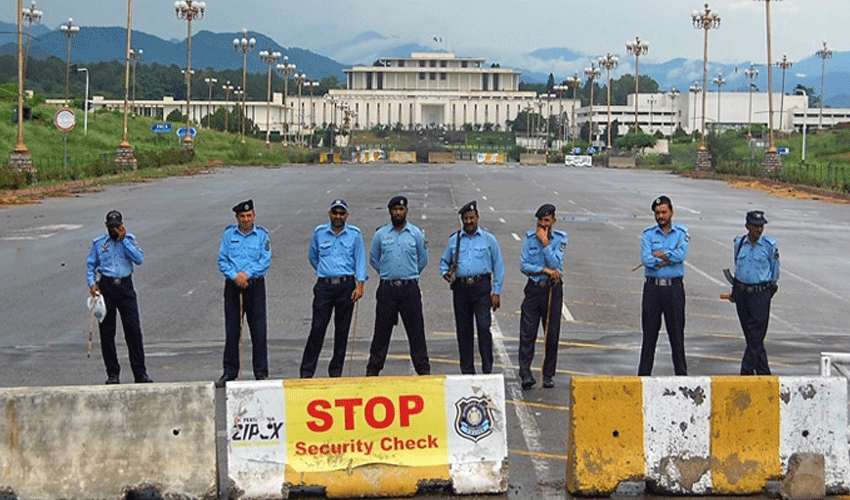As heavy rain hit parts of New York City, people had to deal with strong downpours and rising water levels.
In Connecticut and Long Island, more rain was expected. While no one lost their lives, there were chaotic scenes as people waded through knee-deep water and left their cars on flooded roads.
In one building in north Brooklyn, sewage even got into people's apartments due to the heavy rain.
New York City firefighters rescued at least 15 people from cars stuck in the flooding, and they helped six people from flooded basement apartments.
The heavy rain also disrupted transportation, flooding subway stations and train tracks.
JFK airport saw more than 8 inches of rain, making it the wettest day since 1948, and La Guardia airport had almost 5 inches of rain, causing flight cancellations.
The Central Park Zoo was so flooded that a sea lion briefly escaped from its enclosure.
This storm has made it clear that New York City needs to be better prepared for extreme weather caused by climate change.
Such intense rain was once rare but is happening more often, and the city's infrastructure isn't keeping up.
This was the wettest day since Hurricane Ida two years ago, which killed at least 14 people.
Hurricane Sandy in 2012 caused even more damage, with 44 deaths and $19 billion in destruction.
The commissioner of the New York City department of environmental protection, Rohit Aggarwala, said climate change is happening faster than the city can adapt.
Critics also said Mayor Eric Adams was slow to respond to the storm and its dangers.
Some people were upset by his lack of communication about the situation, but he defended himself by saying his team had already warned about the floods.


























